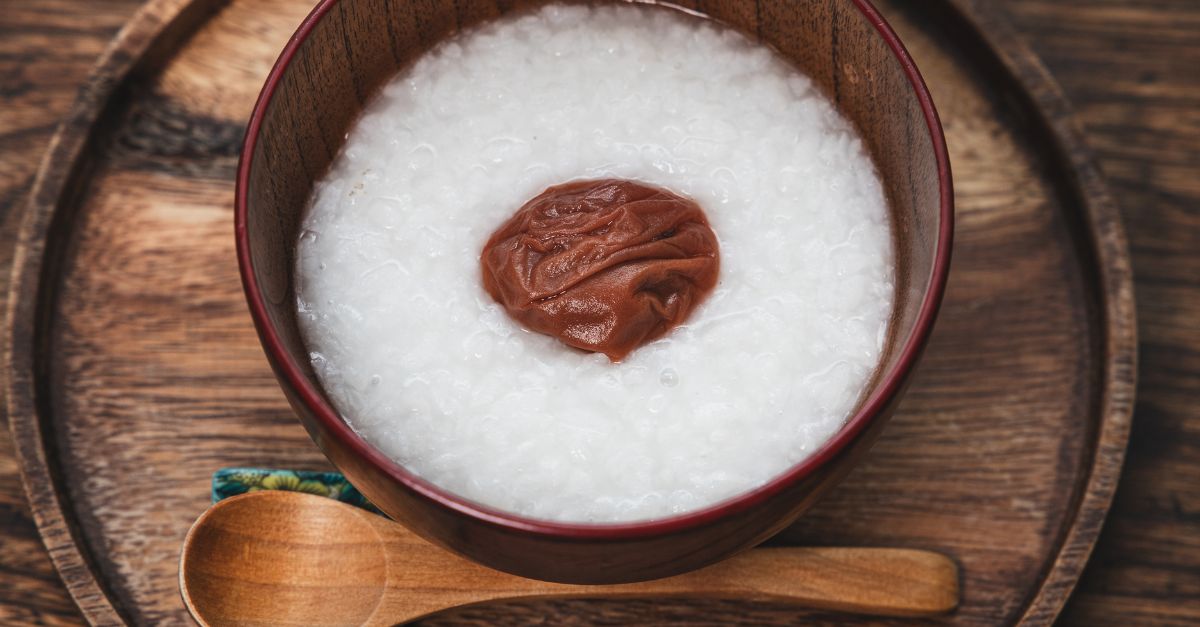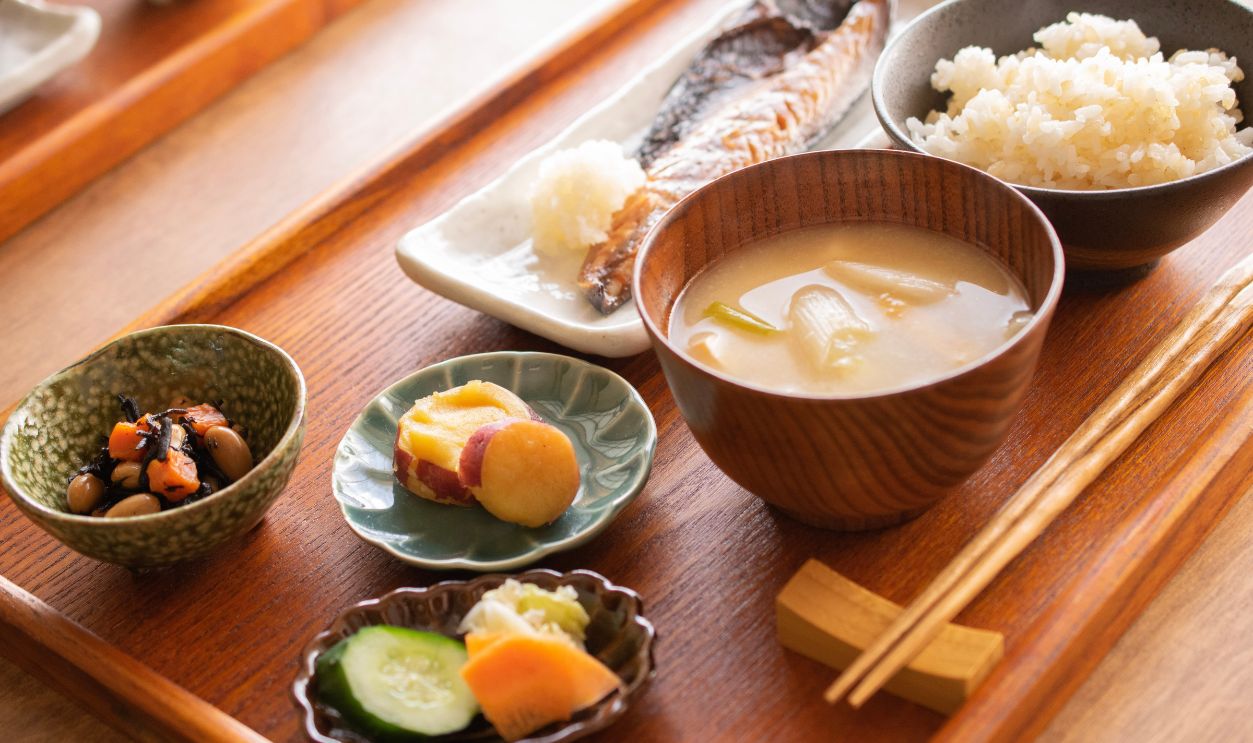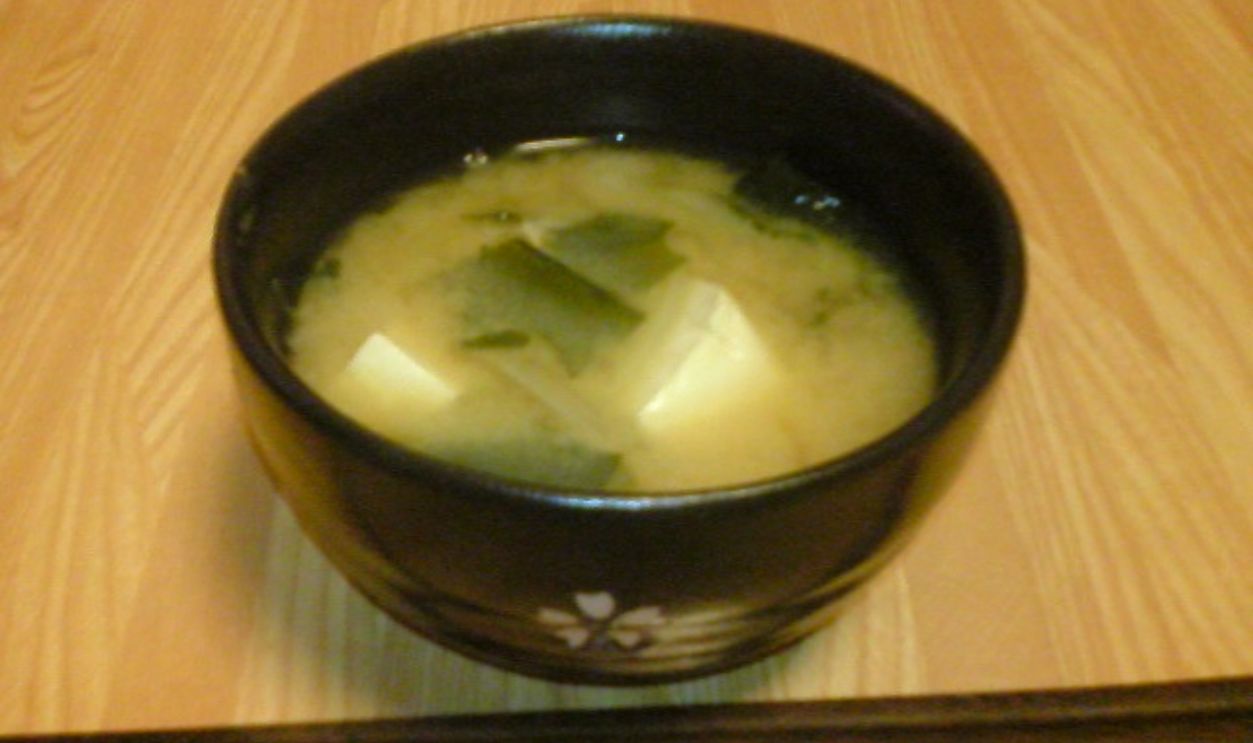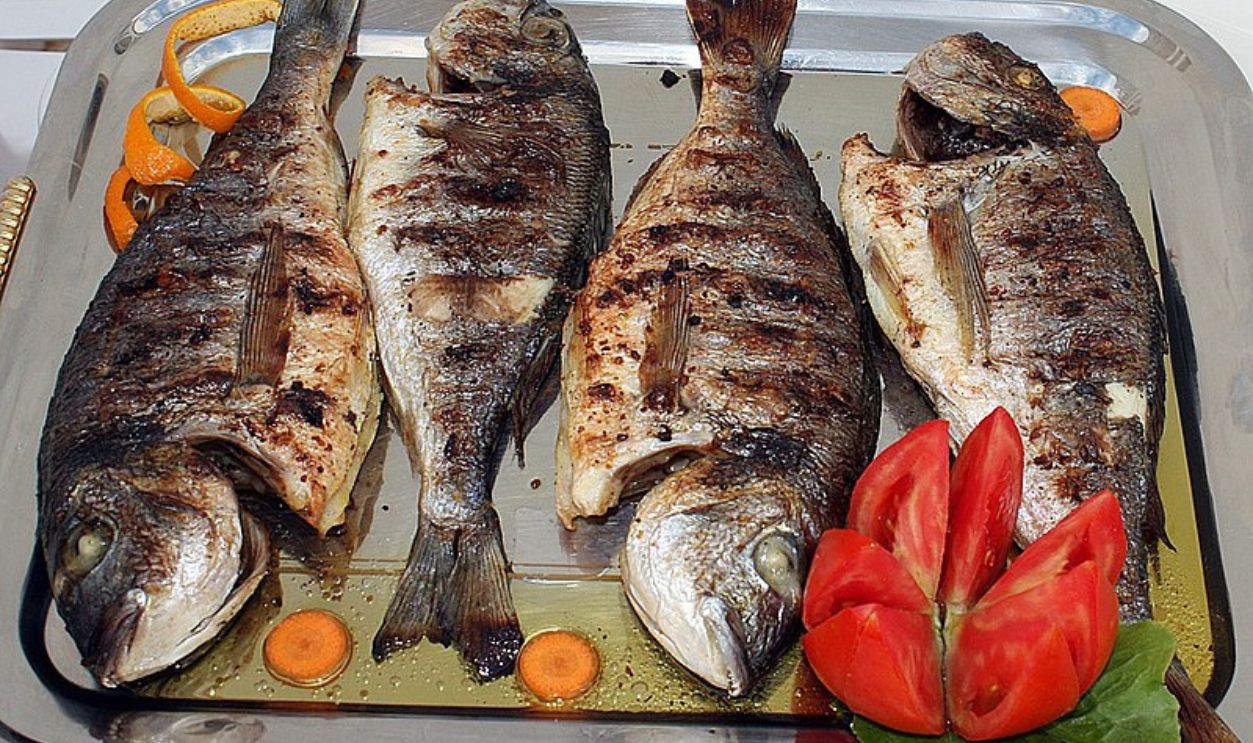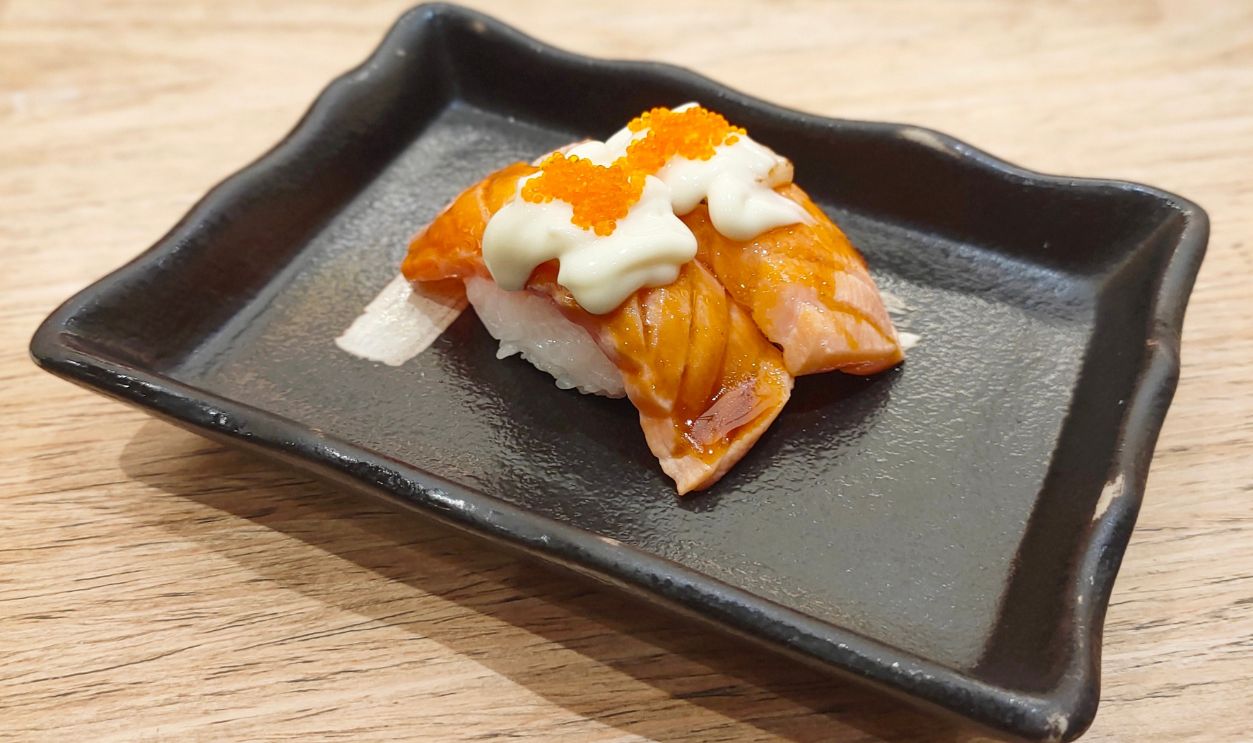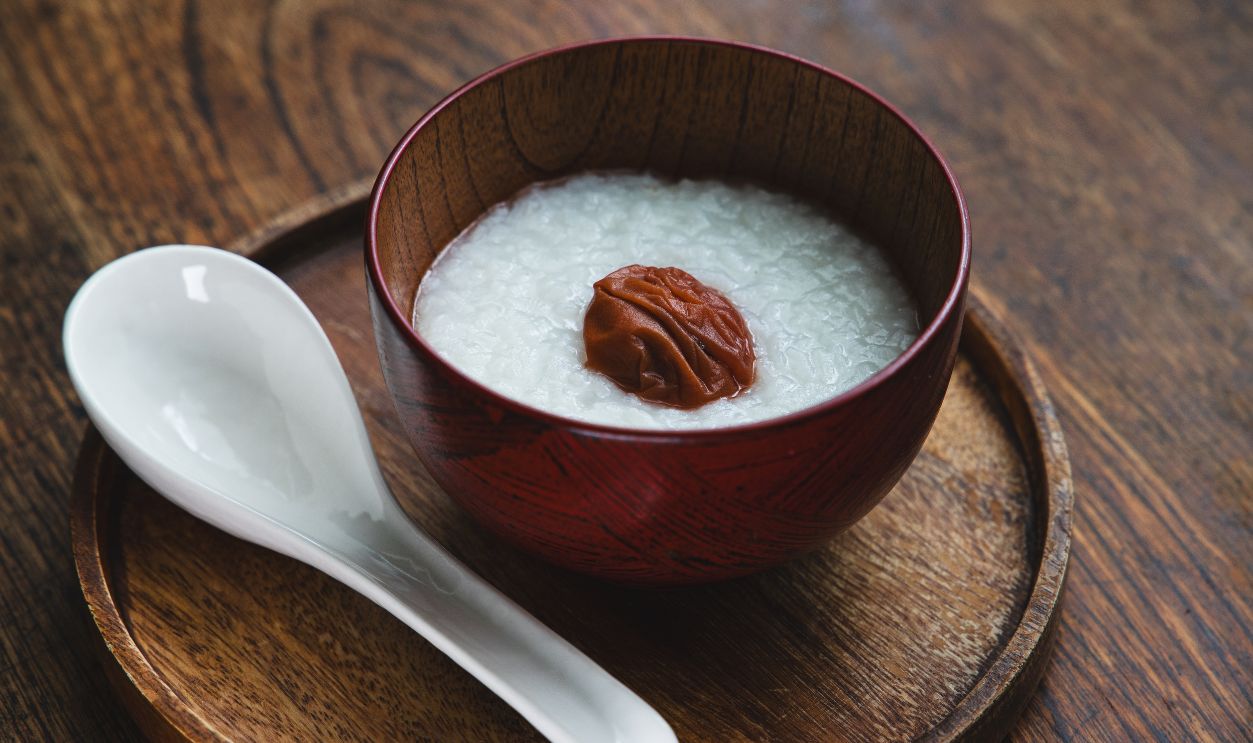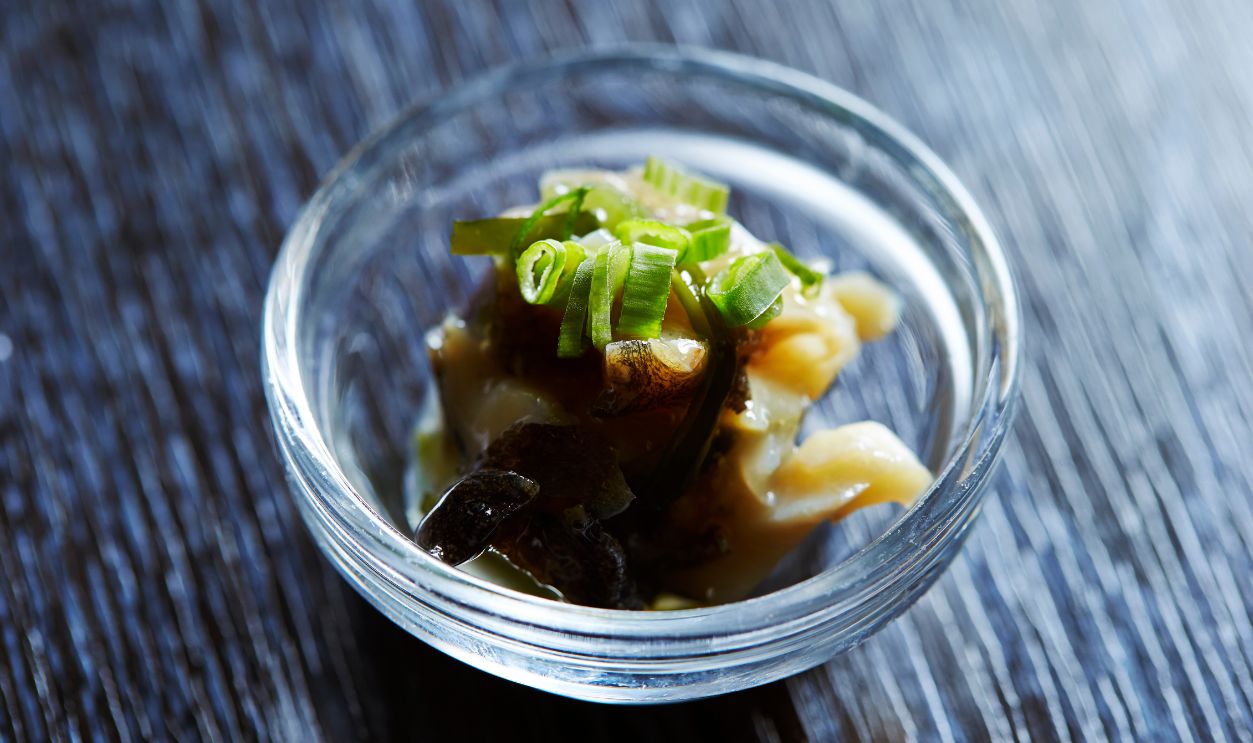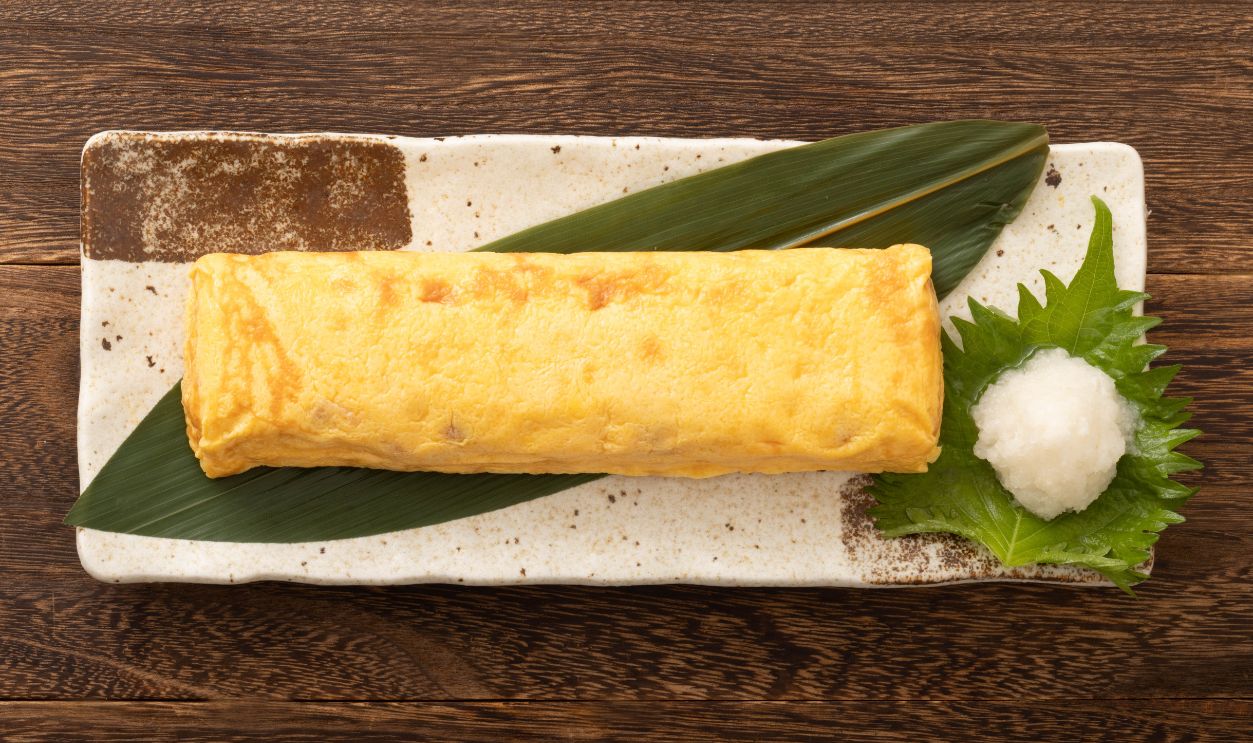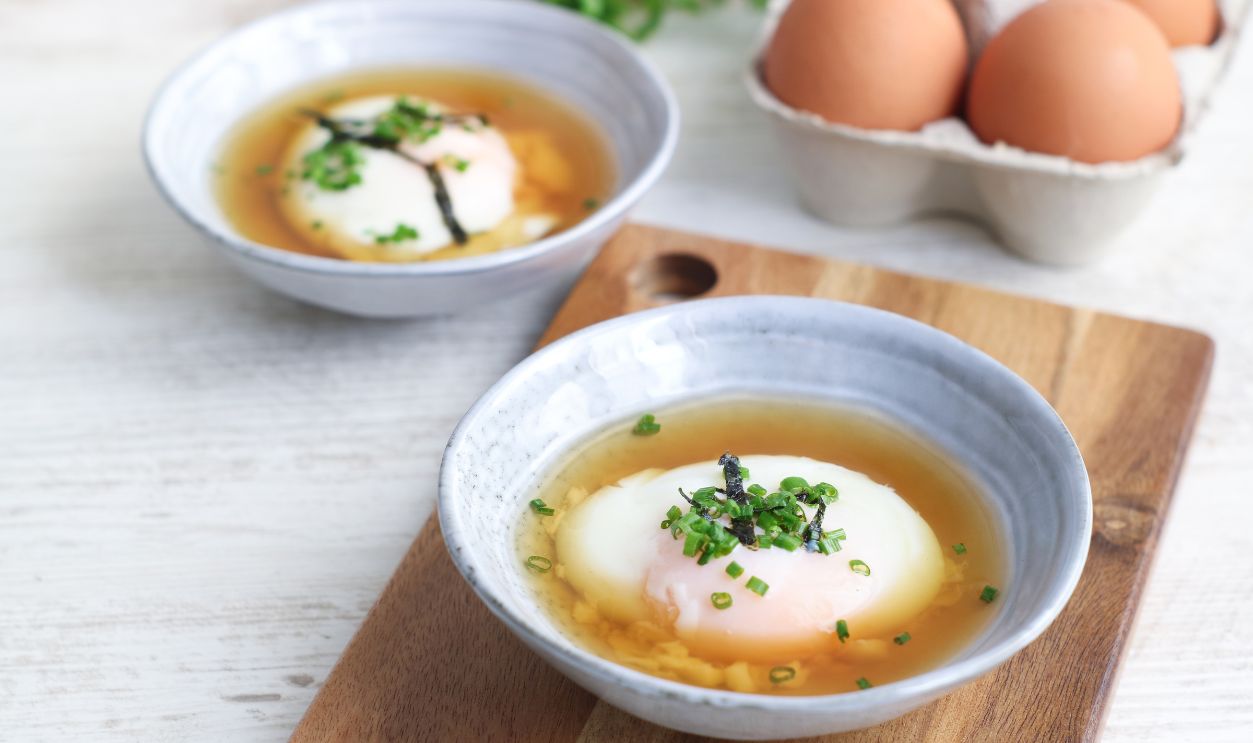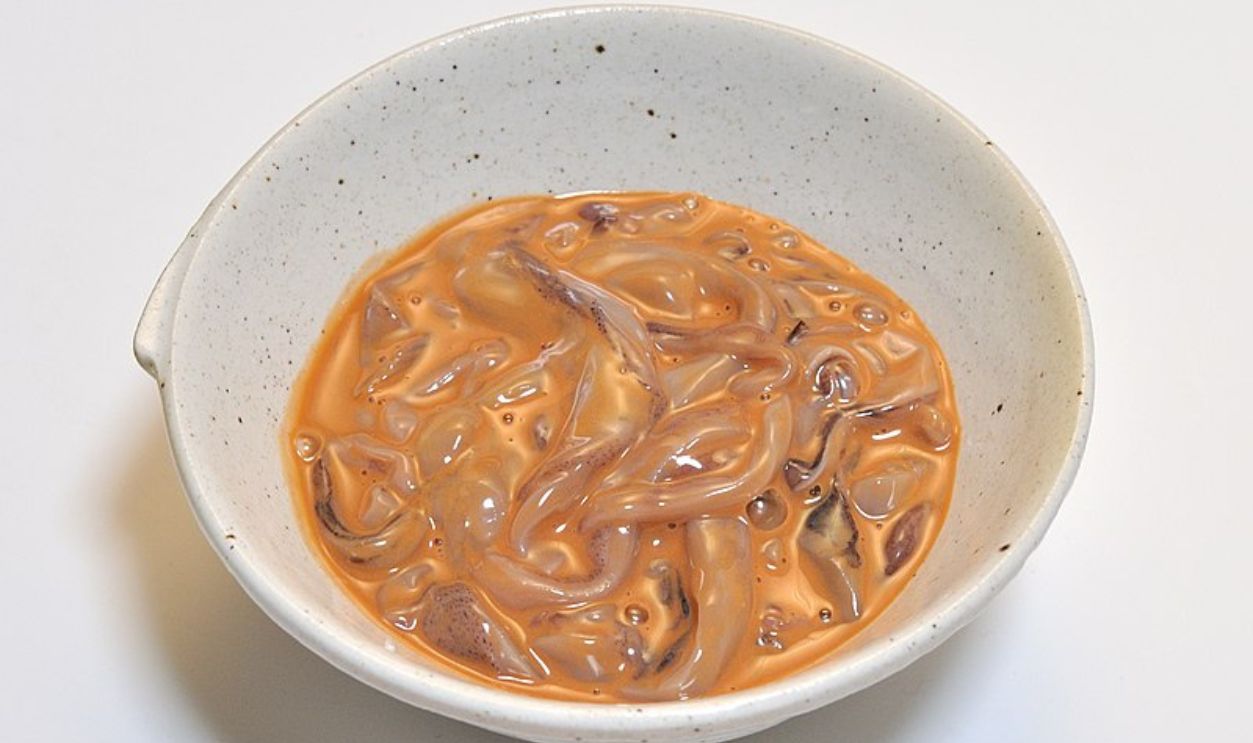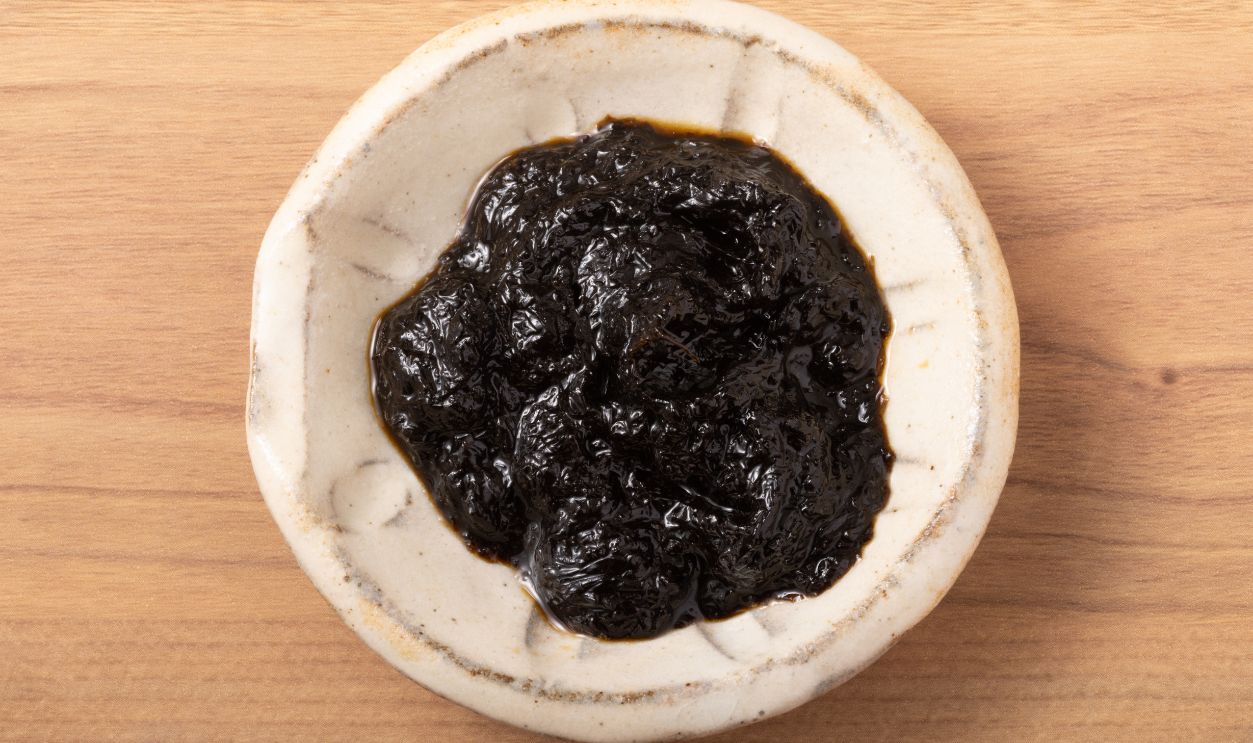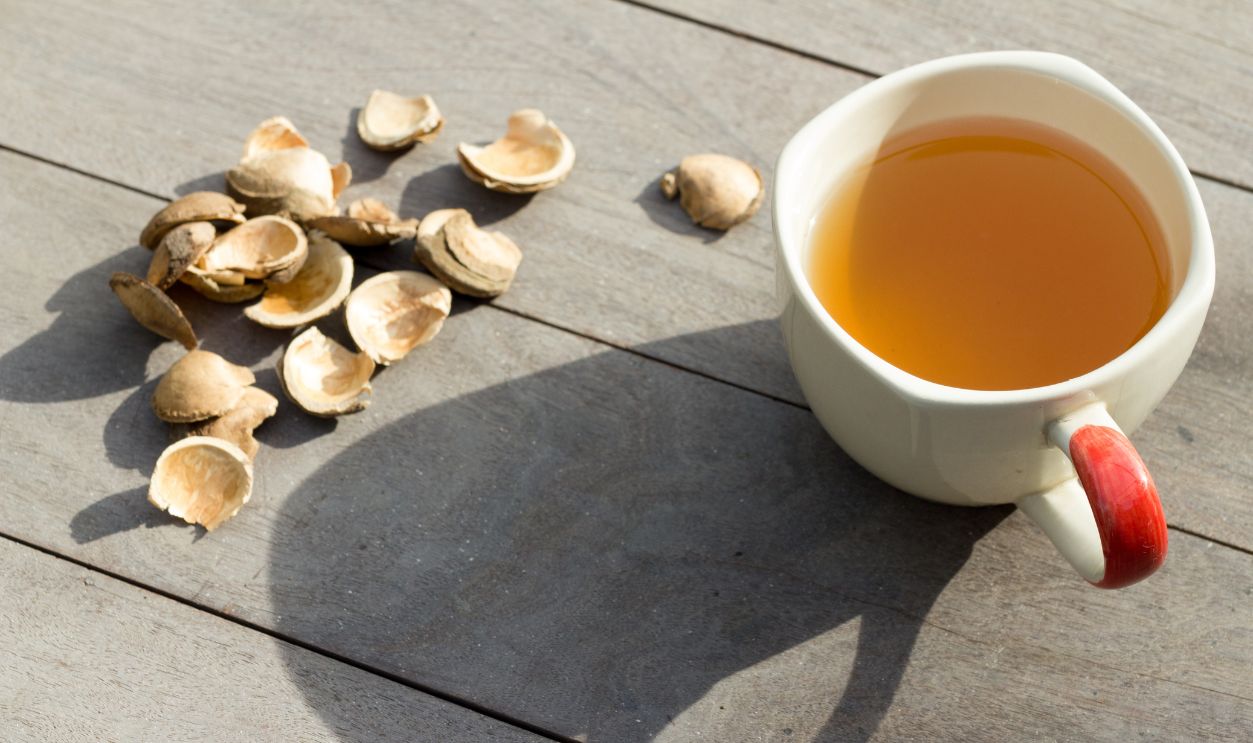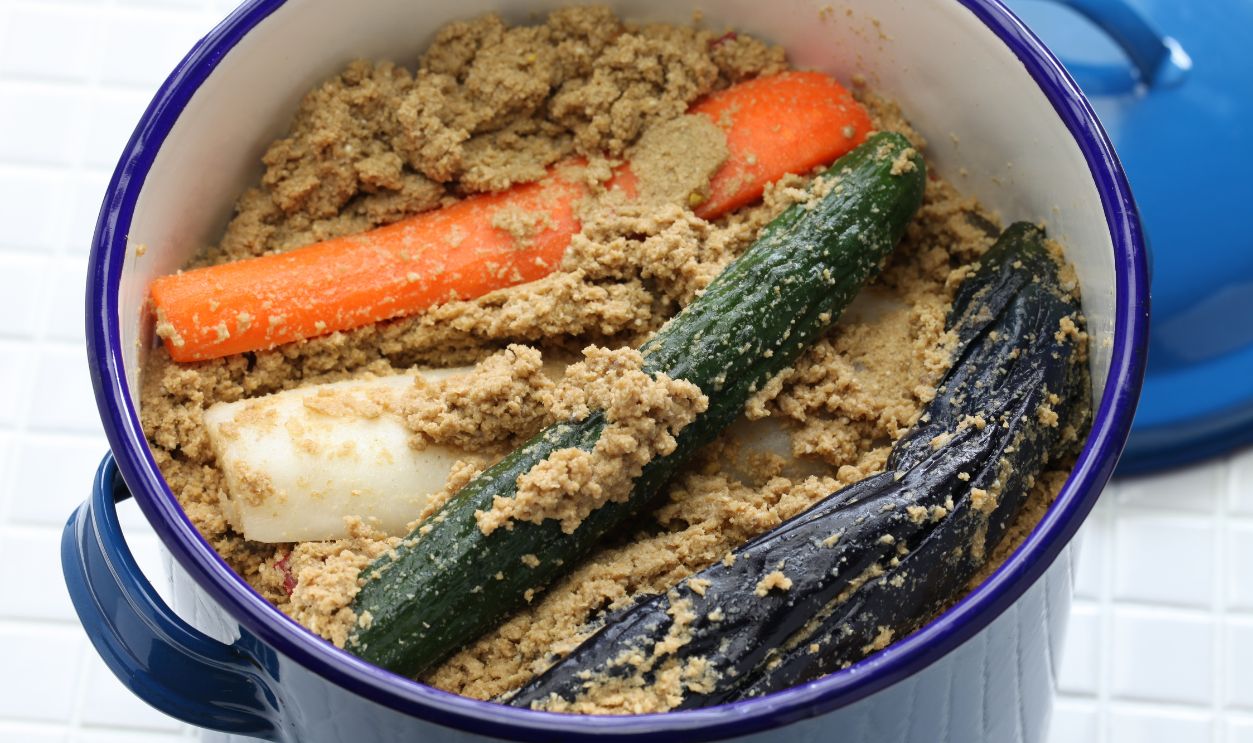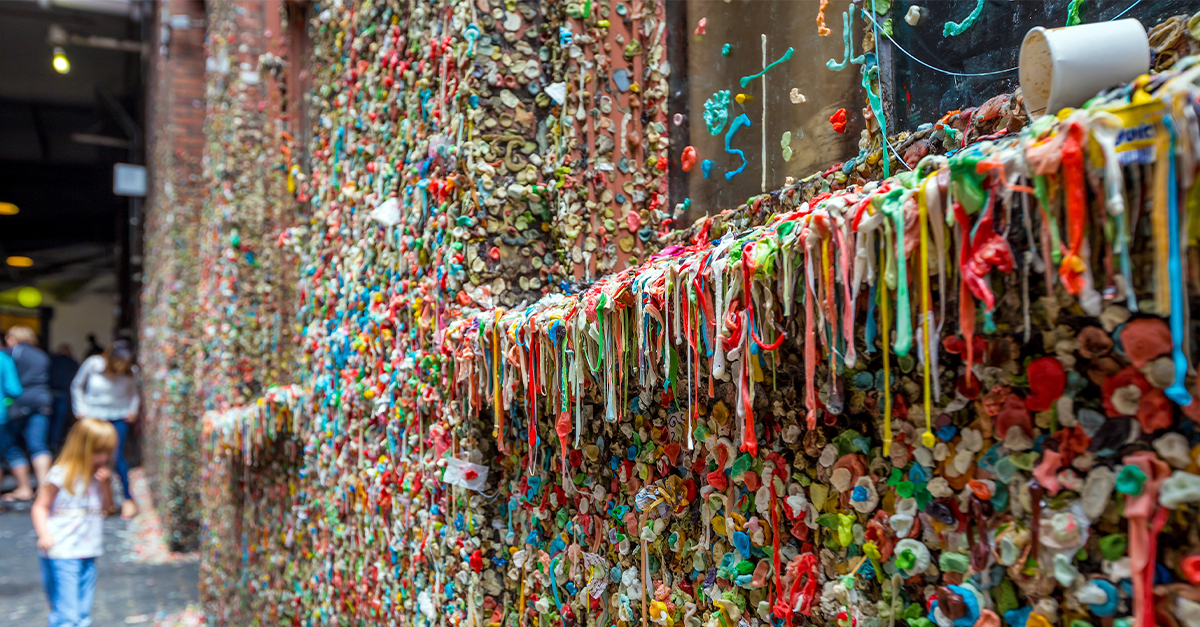A Yummy Morning In Japan
Japanese breakfasts are said to be egg-ceptionally good. Why? Because it’s not just breakfast; it’s a well-rounded, tasty feast that honors centuries-old cooking traditions. Let’s look at the yummy items that are common in Japan.
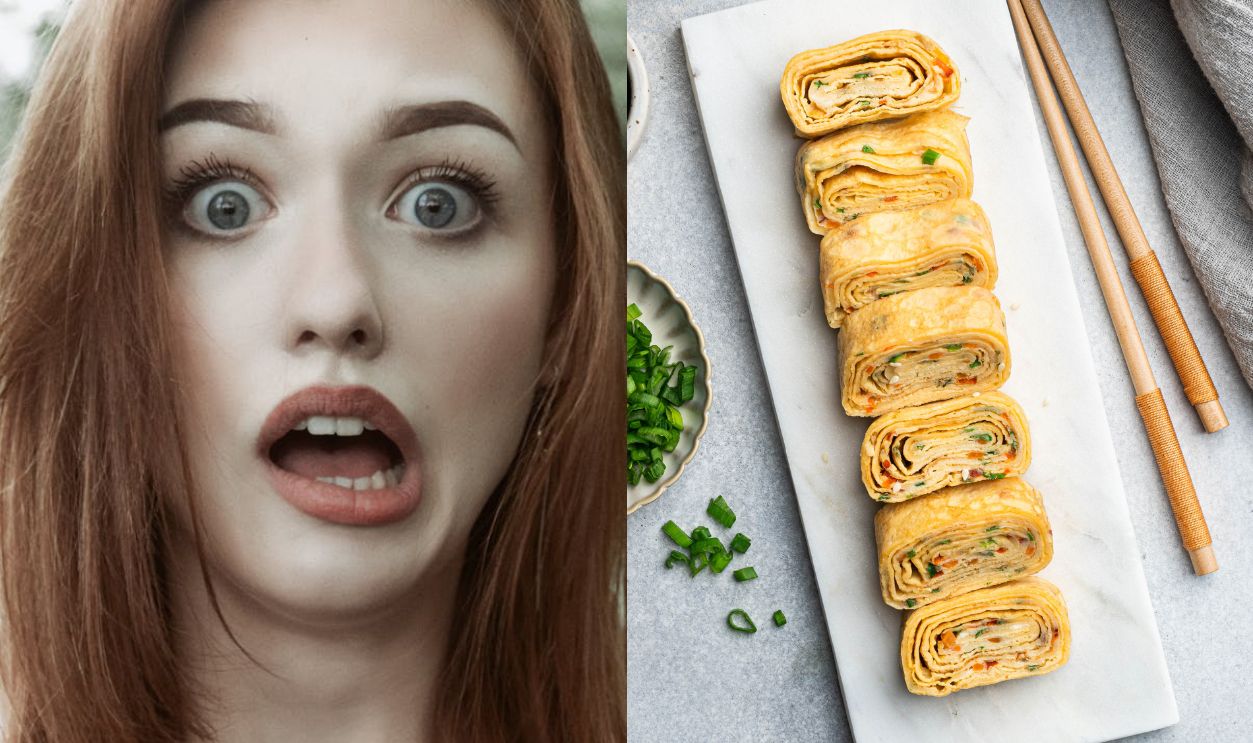
Ichiju Sansai
In the 14th century, Japan brought in a new cuisine concept of ‘one soup, three sides.’ It’s about a balanced meal with rice as the base, miso soup, and three side dishes like grilled fish, veggies, and pickles. This setup ensures a well-rounded meal.
Miso Soup
Miso soup is a flavorful broth made from fermented soybean paste. It usually contains tofu, seaweed, and green onions. Because of its comforting taste and smell, miso soup is a popular breakfast choice in Japan that’s also good for digestion.
Grilled Fish
A delicious and protein-packed breakfast option is grilled fish like salmon or mackerel. That added smoky flavor goes really well with rice. It’s full of omega-3 fatty acids, so it’s a healthy morning brain booster. The fish is cooked until it’s crispy on the outside and flaky on the inside.
Tamagoyaki
This is one yummy rolled omelet that is made by cooking thin layers of seasoned eggs, and then rolling them up. It adds a pop of color and protein to your breakfast spread. Nowadays, it’s a common item in bento boxes and can even be found in sushi restaurants.
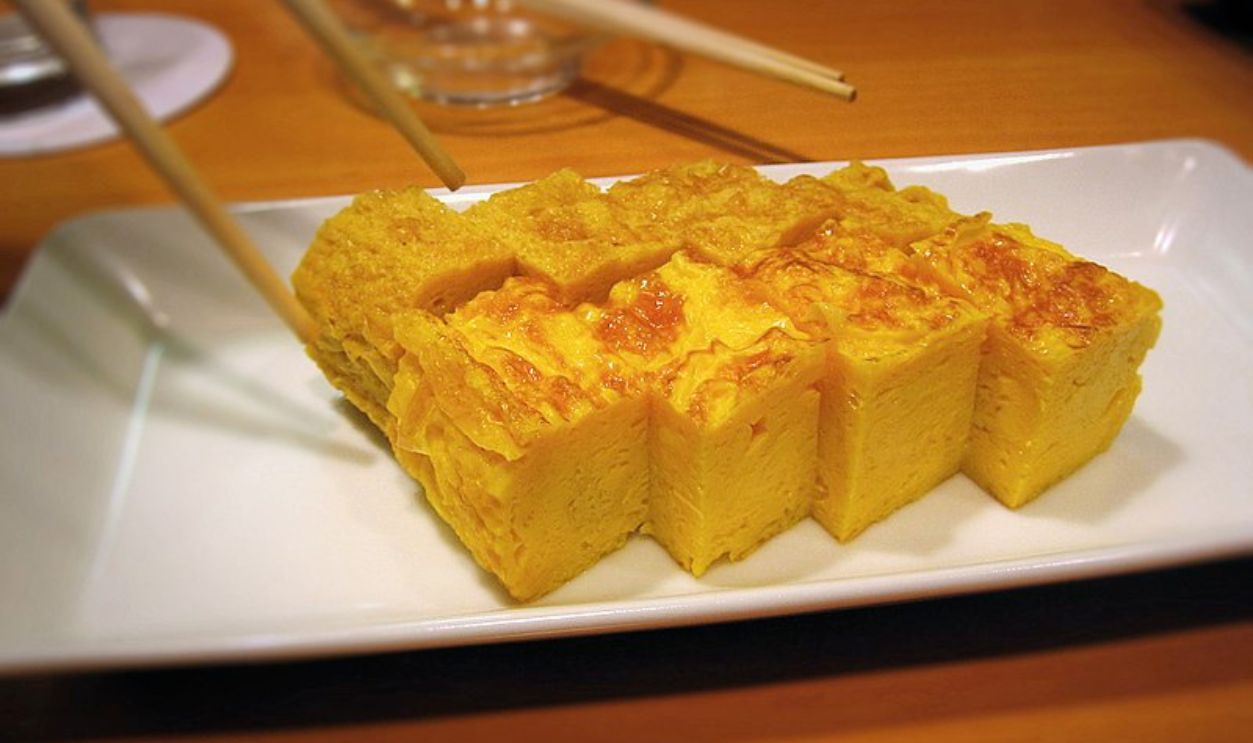 naotakem, CC BY 2.0, Wikimedia Commons
naotakem, CC BY 2.0, Wikimedia Commons
Natto
Natto is made from fermented soybeans and has a strong smell and unusual texture. Some people love it; some hate it. Anyway, it’s often eaten with soy sauce and mustard mixed with rice. Natto is packed with probiotics and protein, making it a divisive but nutritious breakfast food.
 LWY, CC BY 2.0, Wikimedia Commons
LWY, CC BY 2.0, Wikimedia Commons
Tsukemono
Ever wondered why Japanese breakfasts look so colorful? Enter tsukemono! These pickled veggies aren’t just pretty—they pack a tangy punch that’ll wake up your taste buds. From crunchy daikon to zingy cucumbers, they’re like nature’s alarm clock for your mouth.
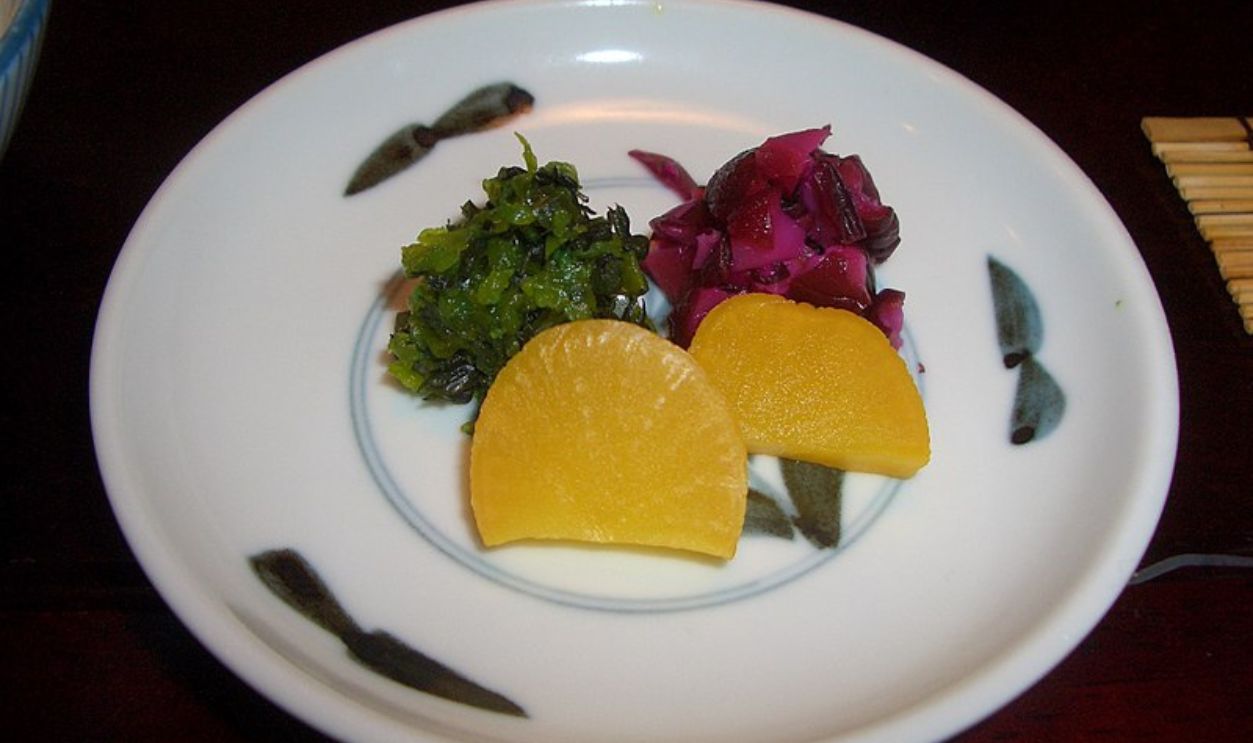 Ms. President, CC BY-SA 2.0,Wikimedia Commons
Ms. President, CC BY-SA 2.0,Wikimedia Commons
Nori Seaweed
These paper-thin dark green seaweed sheets might look unassuming, but they’re secretly full of nutrition, giving an umami flavor. Did you know that nori was one of the first foods people started growing? It’s made from a type of red algae that’s carefully cultivated on nets in the sea.
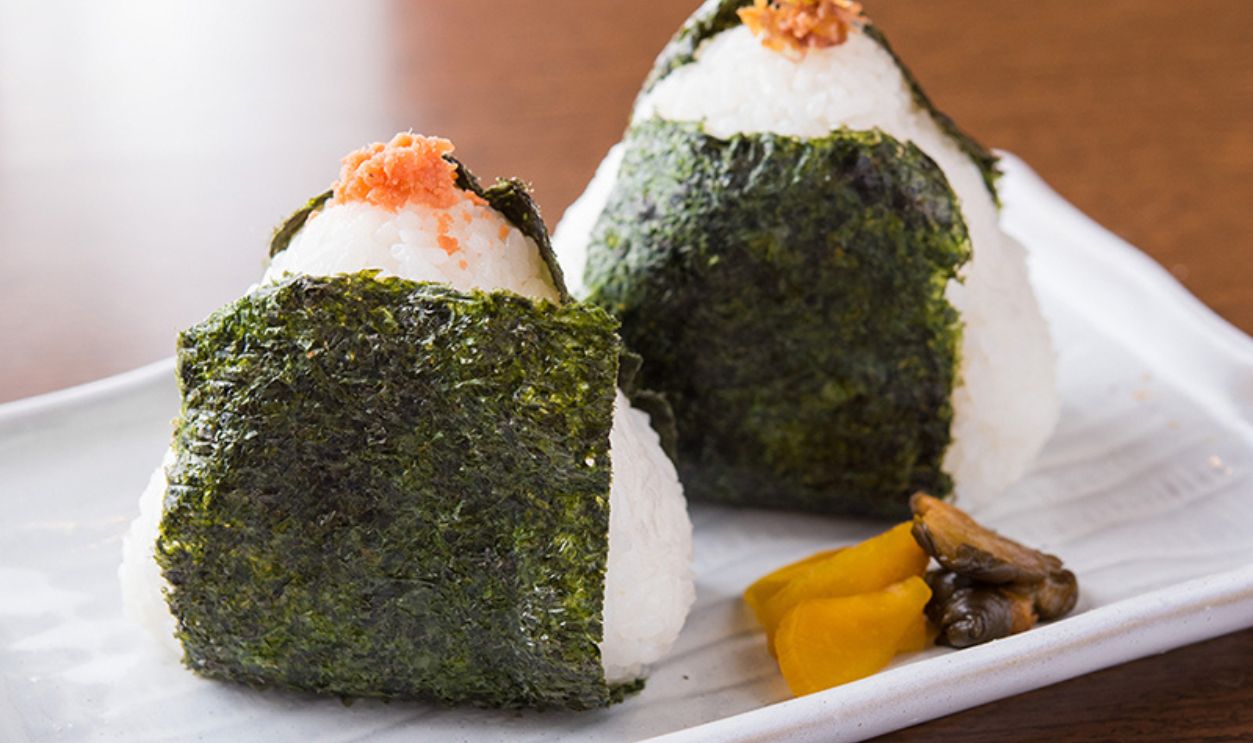 Wakiyama Hiro, CC BY-SA 4.0, Wikimedia Commons
Wakiyama Hiro, CC BY-SA 4.0, Wikimedia Commons
Green Tea
Here comes the hero of Japanese breakfasts: green tea. This is more than just a drink. It’s loaded with catechins and antioxidants that boost metabolism. The Japanese even have a special tea ceremony for it. Most families there have a preferred brand, often tied to their local region.
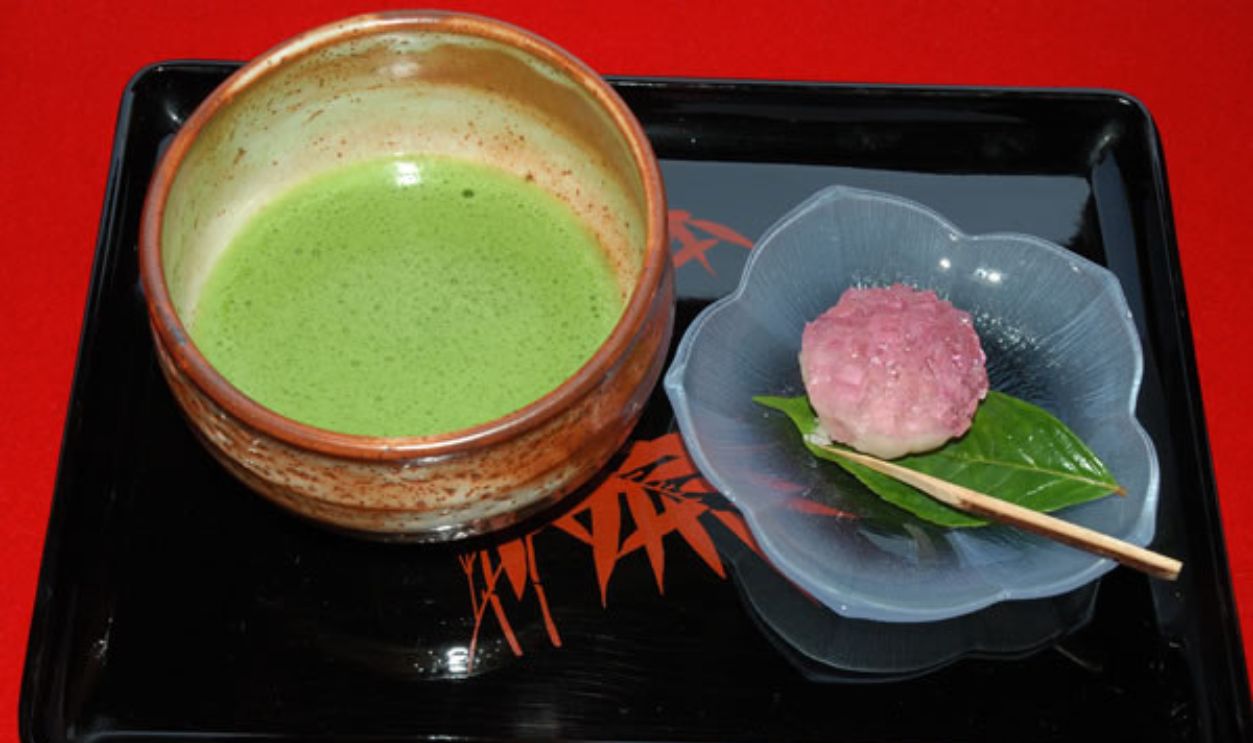 Unknown author, Wikimedia Commons
Unknown author, Wikimedia Commons
Tofu
You wouldn’t believe it, but Tofu is pretty versatile. It comes in different textures, like soft and extra firm. Some people even have it for dessert with a bit of brown sugar syrup. Also, in Kyoto, they’re known for yudofu, which is soft tofu simmered in a light broth.
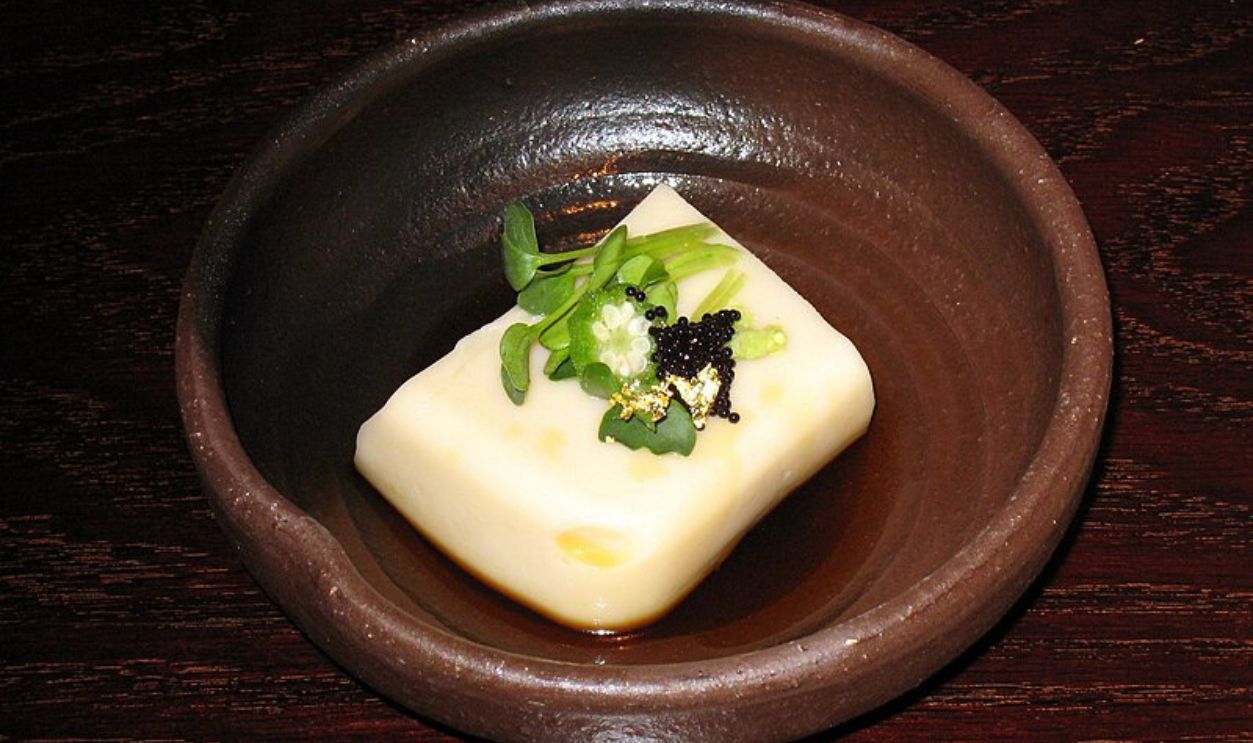 rhosoi, CC BY 2.0, Wikimedia Commons
rhosoi, CC BY 2.0, Wikimedia Commons
Broiled Fish Roe
So these are little fish eggs packed with flavor. Um, yes. Mentaiko (spicy cod roe) and tarako (plain cod roe) are the popular choices. In Fukuoka, mentaiko is so popular that there’s a theme park dedicated to it. People often mix them with mayo for a creamy spread or use them as a pasta sauce.
Okayu (Rice Porridge)
Apparently, during the Edo period, samurai ate okayu before battle, believing it provided energy without weighing them down. This dish is basically rice that’s been slow-cooked with extra water until it’s all creamy. You can mix it up with different toppings. Try umeboshi in Tokyo or sweet potato in Kagoshima.
Kobachi (Small Side Dishes)
Kobachi, which means “small bowl,” can hold anything from cooked vegetables to small portions of fish or tofu. They represent the idea of “one soup, three sides,” which is the foundation of traditional Japanese meals. Some options include hijiki seaweed salad or spicy konnyaku jelly.
Dashimaki Tamago
This tasty version of tamagoyaki is like the cousin of the classic rolled omelet. It’s got dashi in it, which gives it that extra umami tang and makes the flavor more interesting. When you cut it open, you should see a cool swirl pattern that looks like a zen garden.
Onsen Tamago (Hot Spring Egg)
These soft-boiled eggs are called “onsen eggs” because they’re traditionally made using hot spring water. Through this, they get a texture with firm whites and creamy yolks. Nowadays, people make them at home by carefully controlling the water temperature. Outside, they’re served in a bowl with some dashi.
Japanese Pickled Plums (Umeboshi)
Warning: they’re intensely sour and salty—a single bite can ruin your day! Umeboshi are unripe ume fruits (often called plums but more like apricots) that are pickled in salt and shiso leaves. People have been making them since the Nara period and they were eaten to prevent fatigue.
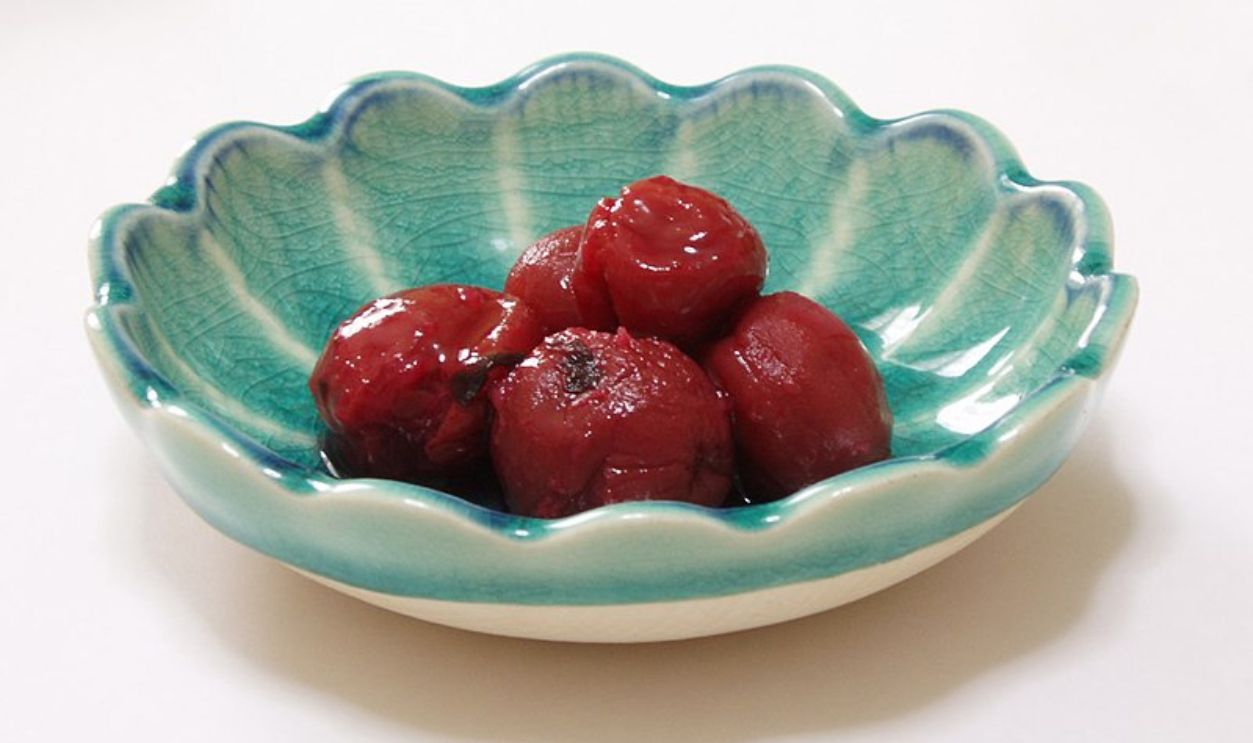 SEKIUCHI, CC BY-SA 3.0, Wikimedia Commons
SEKIUCHI, CC BY-SA 3.0, Wikimedia Commons
Hiyayakko (Chilled Tofu)
Another one from the tofu family is the silken tofu served cold. It’s topped with grated ginger, green onions, bonito flakes, and a drizzle of soy sauce. Hiyayakko gained popularity during the Edo period, again, as a way to beat the summer heat, while the ginger present aids digestion.
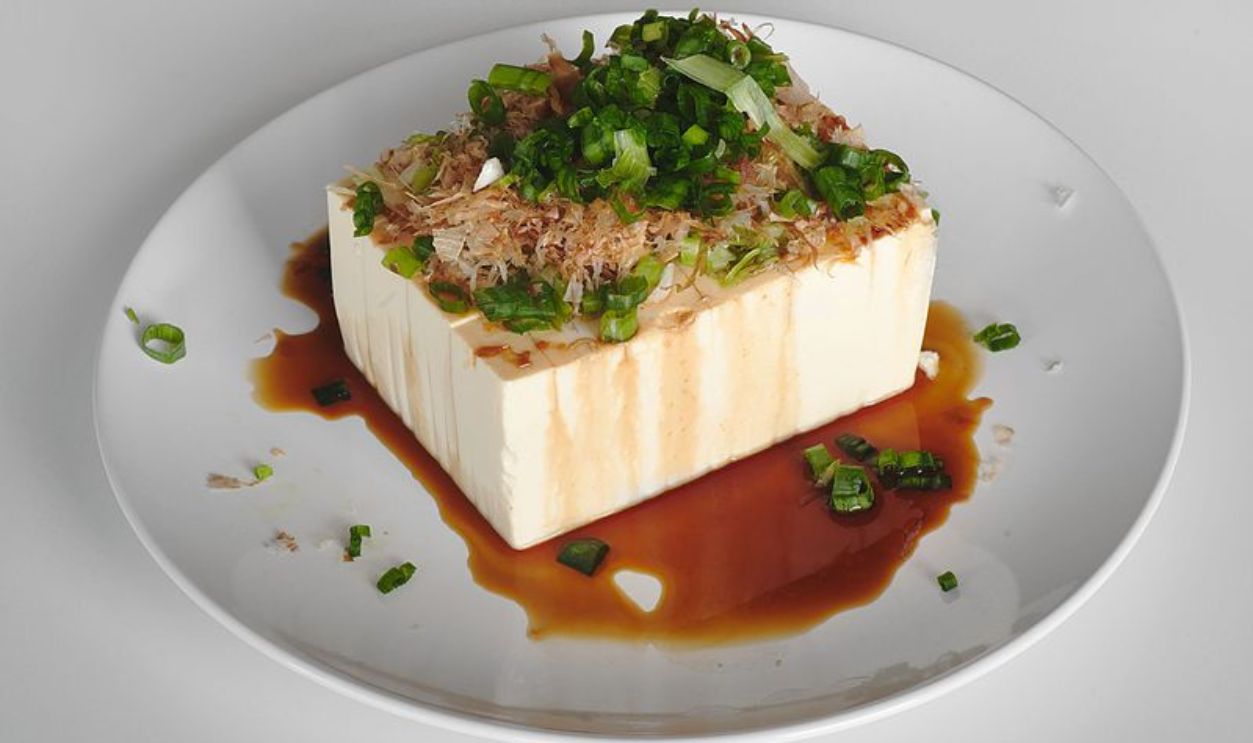 Dllu, CC BY-SA 4.0, Wikimedia Commons
Dllu, CC BY-SA 4.0, Wikimedia Commons
Tamago Kake Gohan
Have you ever tried mixing a raw egg into hot rice? This is what tamago kake gohan is all about. Basically, a raw egg is cracked over a bowl of steaming hot rice, then mixed with soy sauce. This became popular after WWII when protein was hard to get.
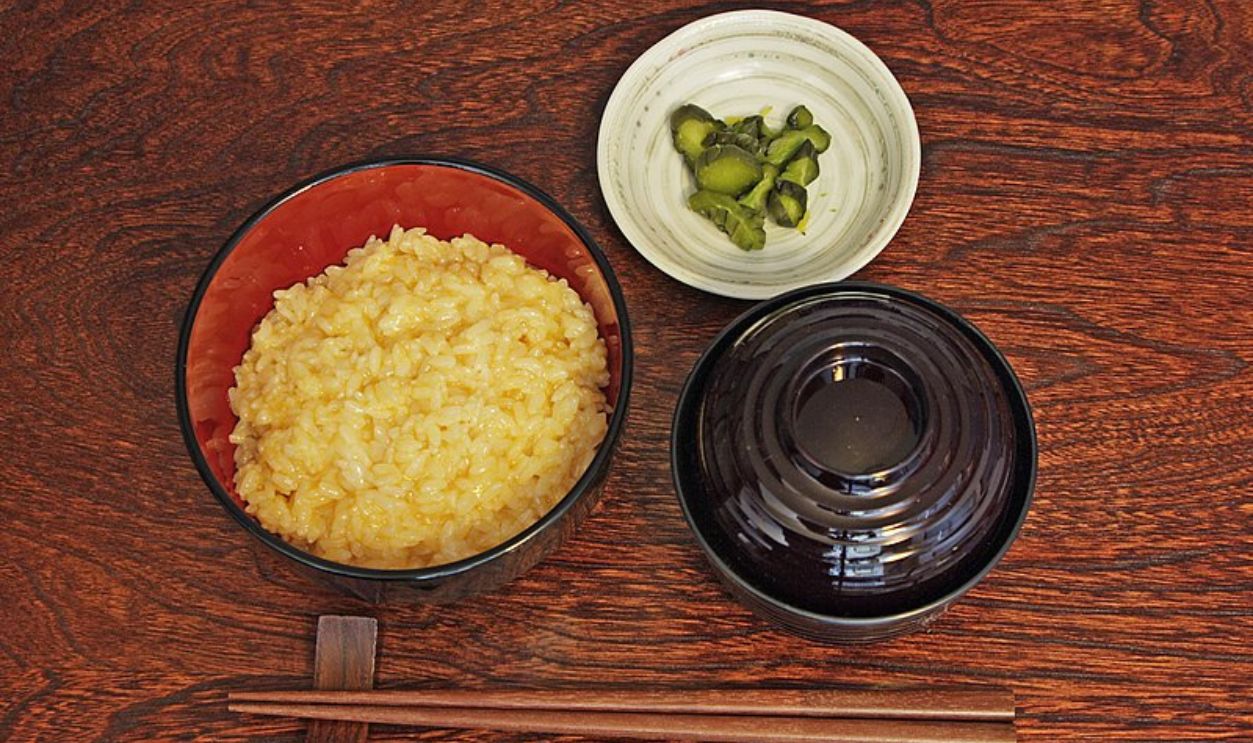 Unknown author, Wikimedia Commons
Unknown author, Wikimedia Commons
Shiokara (Fermented Seafood)
It might sound weird, but Shiokara is made from different seafood guts fermented in their own juices and has been around since the 8th century. It was a way to preserve seafood before refrigeration. These days, it’s commonly eaten as a protein-packed breakfast side dish, especially by older folks.
Nori Tsukudani (Simmered Seaweed)
Nori tsukudani is nothing but seaweed that’s been simmered in soy sauce, mirin, and sugar until it becomes a thick, savory paste. It all started in Tokyo’s Tsukudajima area. People usually spread it on rice or use it as filling for onigiri—it has a really strong umami flavor.
Asacha (Morning Tea)
While green tea is common, some regions have different tea traditions. In Kyoto, “asacha” or morning tea often refers to gyokuro, a high-grade green tea, rich in caffeine and theanine. Also, in Okinawa, sanpin tea (jasmine tea) is the breakfast beverage of choice.
Yaki Onigiri (Grilled Rice Ball)
Here’s what you can do with your leftover rice: brushed it with soy sauce and grill until crisp. The distinction between the crunchy external and soft interior is indescribable. It can be stuffed with fillings such as pickled plum, salmon, or tuna.
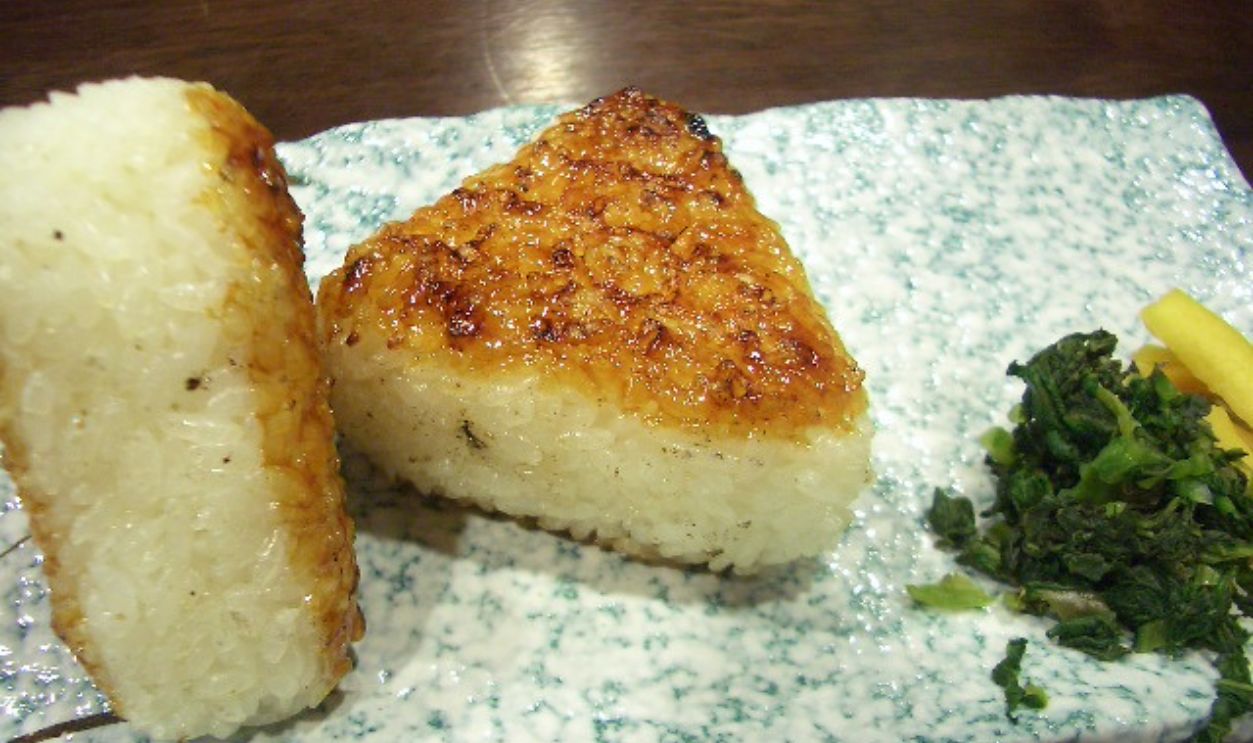 Kanko, CC BY 2.0, Wikimedia Commons
Kanko, CC BY 2.0, Wikimedia Commons
Sake Chazuke (Salmon Tea Rice)
This dish is more like a comfort food from Kyoto. It’s made up of cooked rice topped with flaked grilled salmon and green tea or dashi poured over it. It also helps in using up leftover rice and fish, following the Japanese principle of mottainai, which means avoiding waste.
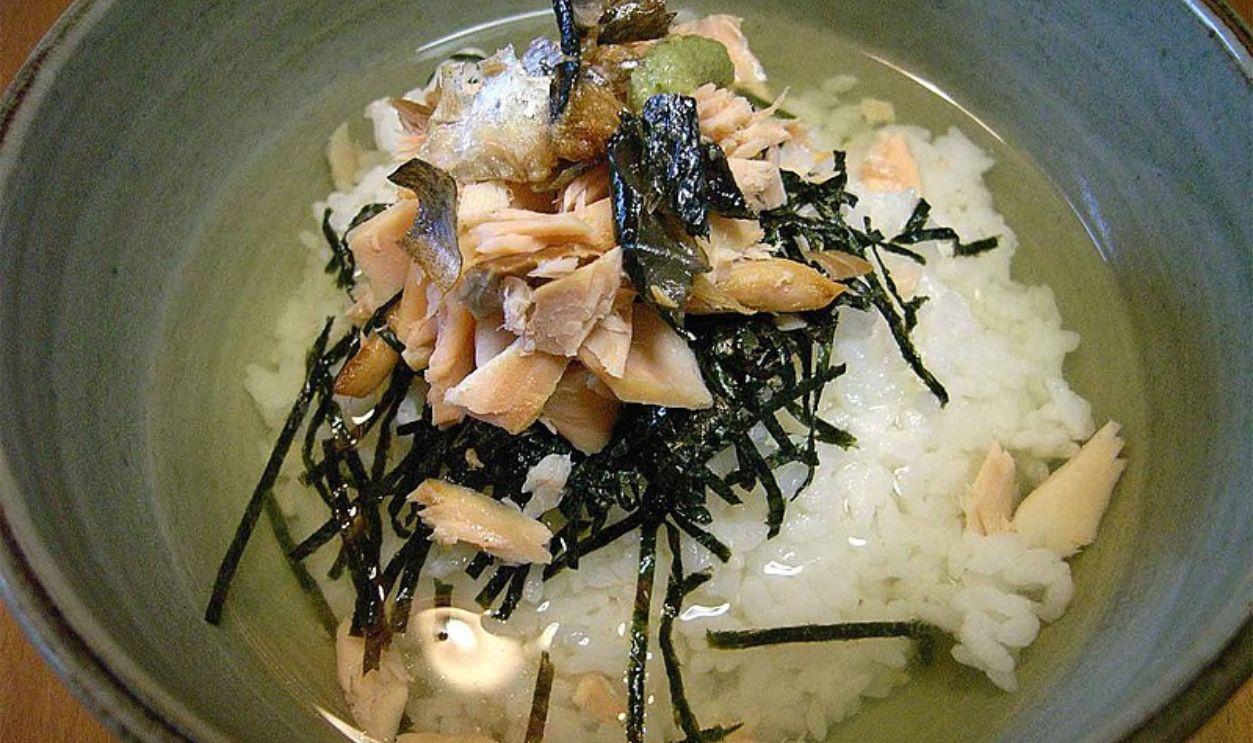 matsukawa1971, CC BY 2.0, Wikimedia Commons
matsukawa1971, CC BY 2.0, Wikimedia Commons
Nukazuke (Rice Bran Pickles)
These special pickles are made by fermenting them in a mix of rice bran, salt, and kombu seaweed. The pickling bed, called nukadoko, is taken care of every day, sometimes for many generations. Each family’s nukadoko develops its unique taste over time and is said to offer probiotic benefits.
Chawanmushi (savory custard made with eggs)
This is a real brunch treat and the ingredients include chicken, shrimp, and mushrooms steamed with beaten eggs, dashi, soy sauce, and mirin. “Tea cup steam,” as its name suggests, refers to the little cups in which it is served. Chawanmushi indeed is a satisfying and protein-rich breakfast option.
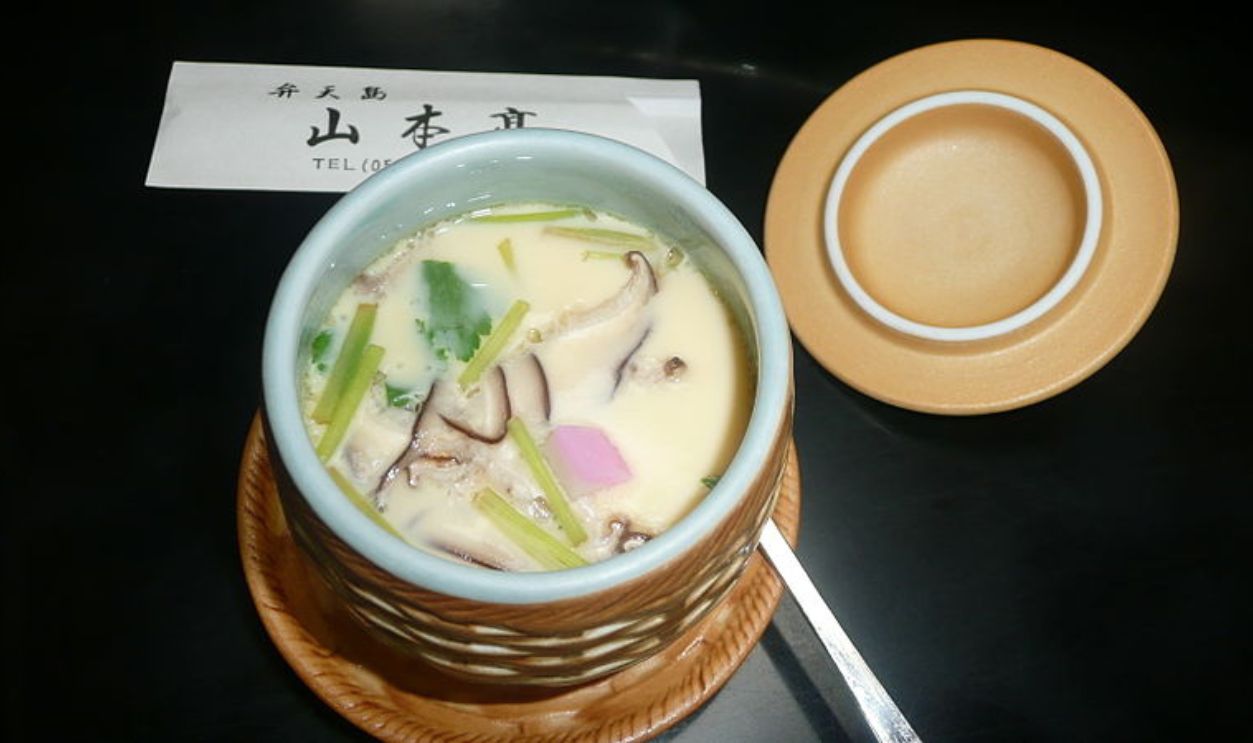 Brücke-Osteuropa, CC0, Wikimedia Commons
Brücke-Osteuropa, CC0, Wikimedia Commons

